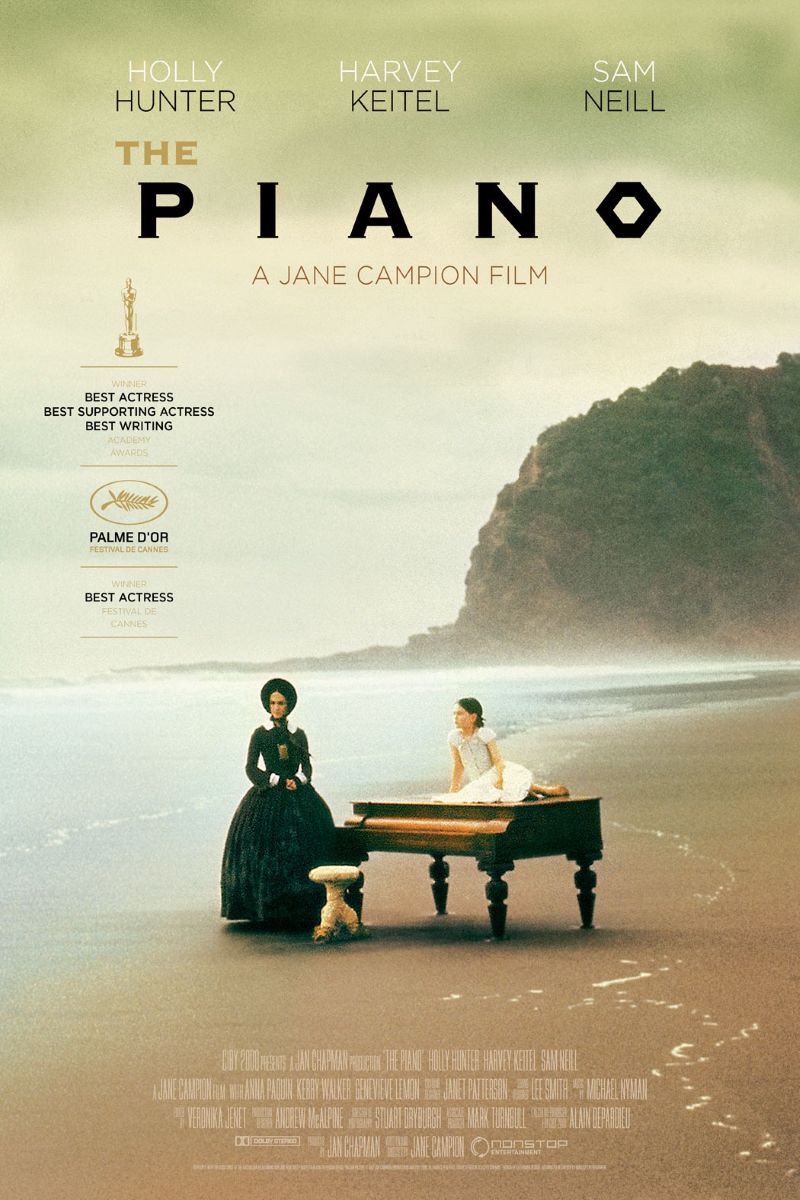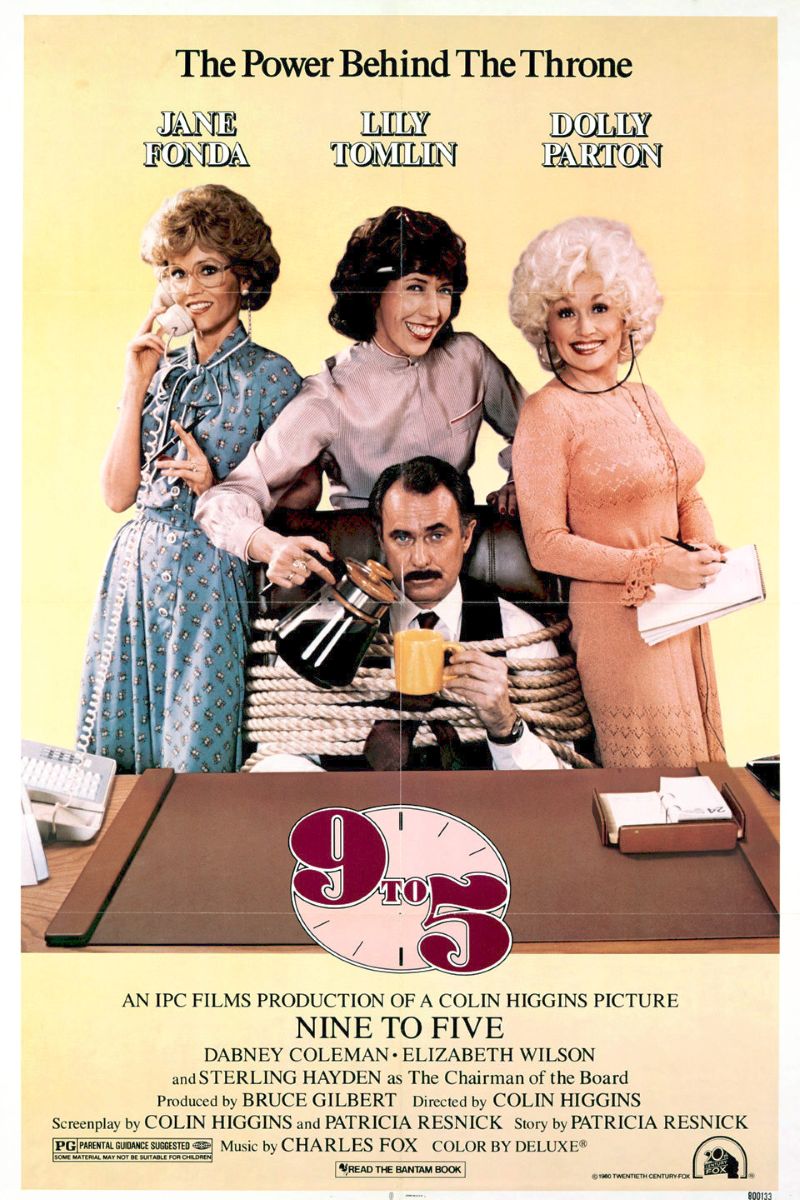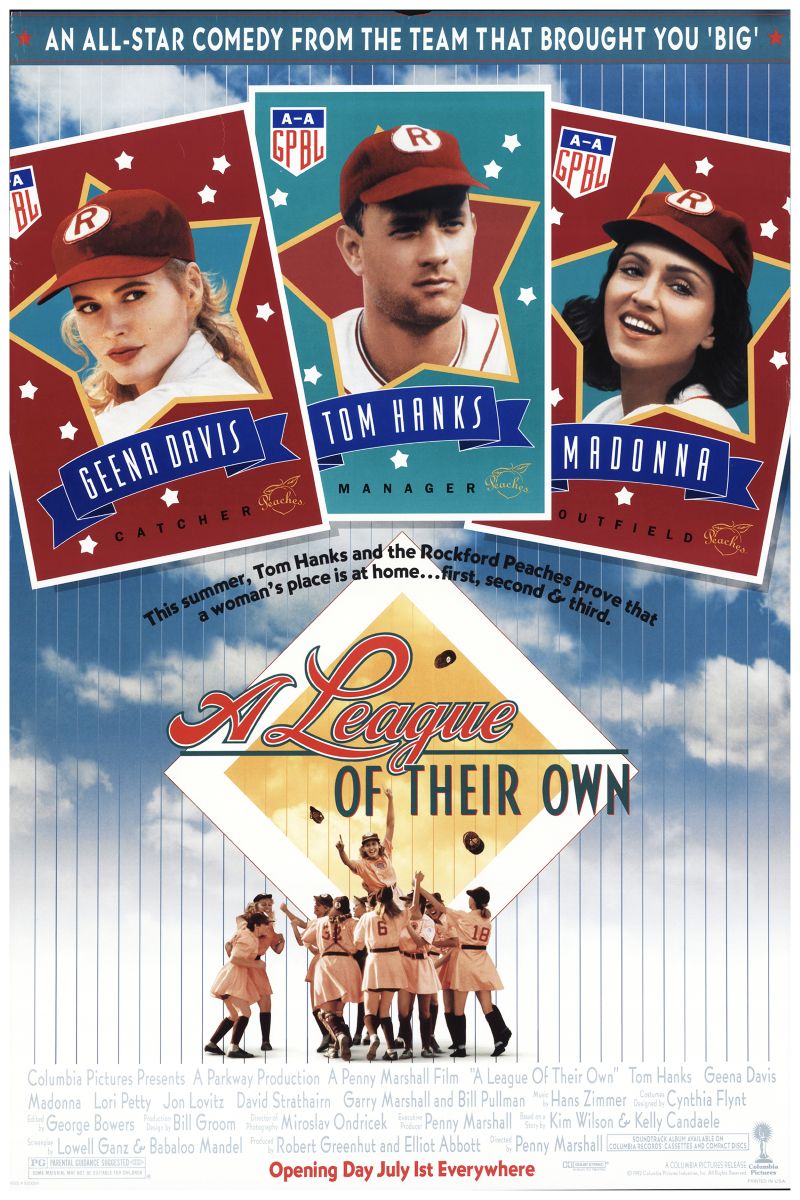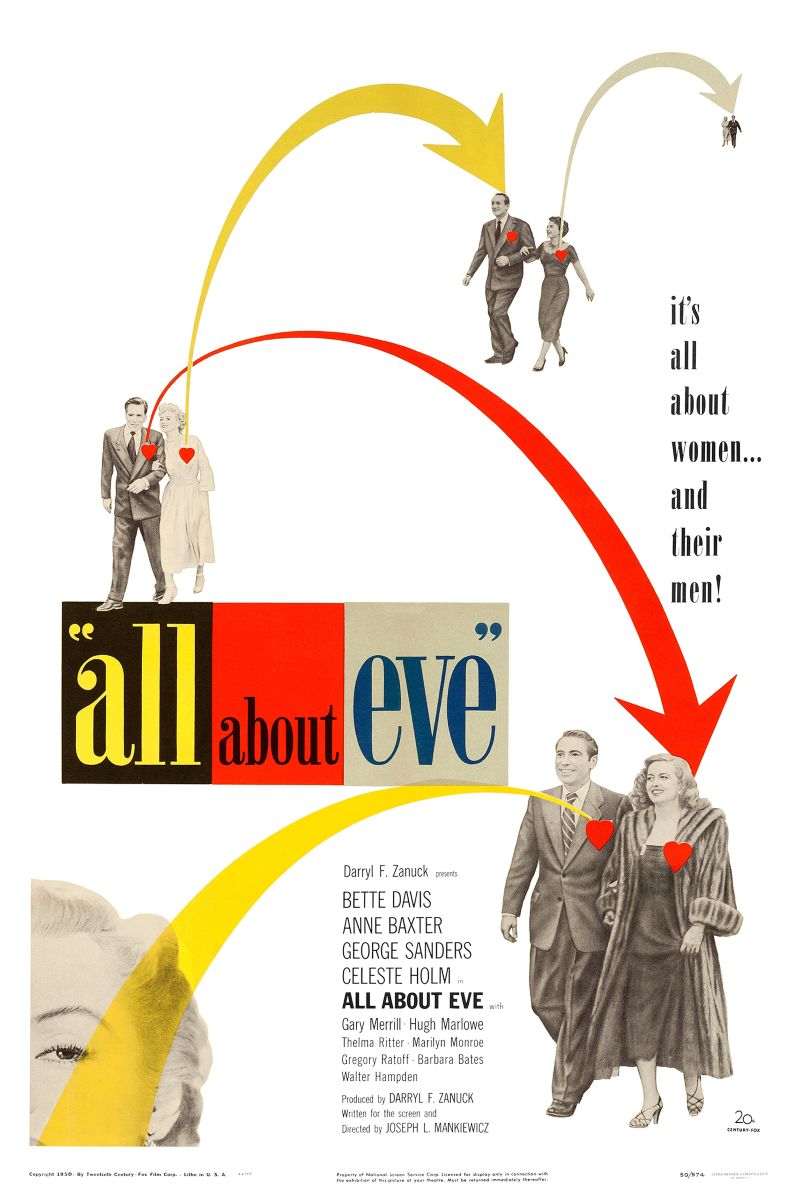
The Piano
The Piano
Never one to succumb to labels, pioneering filmmaker Jane Campion delivers a love story about a mute woman whose erotic affair has life-altering repercussions. And even though Campion would probably fight us on this, one can't help but spot and appreciate what seems to be a feminist vision.
Cast
Related Topics
🎥 Film Analysis & Review
Jane Campion’s “The Piano” stands as one of cinema’s most audacious explorations of female desire, sexual awakening, and the complex negotiations between agency and oppression in patriarchal society. This 1993 masterpiece, which made Campion the first woman to win the Palme d’Or at Cannes, transcends conventional romantic drama to become a profound meditation on communication, power, and the ways women navigate impossible choices within restrictive social structures. Through its story of Ada McGrath, a mute Scottish woman who expresses herself through piano in colonial New Zealand, the film creates a unique cinematic language that speaks to both the silencing of women and their capacity for resistance, desire, and self-determination.
Revolutionary Female Directorial Vision
Campion’s achievement with “The Piano” represents a watershed moment for women’s filmmaking, demonstrating how female directorial perspective can transform familiar narrative elements into something entirely new and subversive. Her approach to the love triangle between Ada, her arranged husband Stewart, and the illiterate but sexually magnetic Baines reveals dynamics of power, desire, and communication that male directors had rarely explored with such psychological complexity and erotic honesty.
The film’s visual language—characterized by intimate framing, natural lighting, and an almost tactile attention to texture and sensation—creates a distinctly feminine aesthetic that prioritizes emotional and sensual experience over conventional dramatic structure. Campion’s camera work emphasizes touch, fabric, skin, and musical expression in ways that reflect how women experience and navigate the world through multiple forms of embodied knowledge.
Her direction of the erotic scenes between Ada and Baines avoids both the male gaze’s objectification and prudish avoidance, instead creating a frank examination of female sexual desire that acknowledges both its power and the dangerous contexts in which it must be expressed. This approach influenced subsequent generations of female filmmakers seeking to represent women’s sexuality authentically rather than through masculine fantasy or feminist denial.
Music as Alternative Language and Resistance
The film’s central metaphor—Ada’s piano as her voice and primary means of expression—creates a powerful framework for understanding how women develop alternative languages when denied access to conventional forms of communication and power. Ada’s relationship with her piano represents more than artistic expression; it embodies her autonomy, emotional life, and connection to her own desires and creativity.
The film demonstrates how patriarchal society systematically silences women while expecting their compliance, making Ada’s chosen muteness both a form of resistance and a survival strategy. Her refusal to speak operates as a form of silent rebellion that maintains her psychological independence even within restrictive circumstances, suggesting that resistance can take forms that are invisible to oppressive systems.
Michael Nyman’s haunting score becomes integral to the film’s emotional and narrative structure, creating musical language that communicates what words cannot express. The piano music serves multiple functions—as Ada’s voice, as seduction, as emotional release, and as artistic transcendence—demonstrating how creative expression can provide alternative forms of agency and communication for marginalized individuals.
Contested Sexual Agency and Erotic Power
The film’s most controversial and complex element lies in its portrayal of the sexual relationship between Ada and Baines, which has generated decades of feminist debate about consent, agency, and the representation of women’s desire within patriarchal constraints. Baines’s initial exploitation of Ada’s dependence on her piano creates an inherently problematic power dynamic that critics have rightfully identified as sexual coercion.
However, the film’s development of their relationship complicates simple readings by showing how Ada gradually claims agency within their encounters, using her sexuality as a form of power and self-expression rather than merely submitting to male desire. Her active participation and eventual choice of Baines over Stewart suggests possibilities for female sexual agency even within oppressive circumstances, though this remains one of the film’s most debated aspects.
The film’s frank depiction of female sexual desire—including Ada’s evident physical pleasure and active participation in their encounters—was groundbreaking for mainstream cinema and challenged both traditional representations that denied women’s sexuality and feminist positions that viewed explicit sexuality as inherently exploitative. This complexity reflects the real contradictions women face in expressing desire within patriarchal systems.
Colonial Context and Civilizational Critique
The film’s New Zealand colonial setting provides crucial context for understanding power dynamics that extend beyond gender to include race, civilization, and cultural colonization. Ada’s position as a white woman within colonial society grants her certain privileges while simultaneously constraining her through Victorian gender norms that accompany European settlement.
The presence of indigenous Māori characters, while limited, creates important counterpoint to European colonial values and offers alternative models of social organization and gender relations. Their response to Ada’s situation—particularly their understanding of her piano’s significance—suggests different cultural frameworks for understanding women’s autonomy and creative expression.
The film critiques Victorian civilization’s repressive sexual morality and rigid gender roles by contrasting them with the raw emotional and physical honesty that develops between Ada and Baines. This civilization versus nature dynamic reveals how European colonial culture specifically constrains women’s sexuality and self-expression in ways that damage both individual women and broader social relationships.
Gothic Elements and Psychological Intensity
Campion’s use of Gothic literary traditions creates atmospheric tension that enhances the film’s exploration of repressed desire, family secrets, and the return of suppressed emotions. The isolated colonial setting, the mysterious past that explains Ada’s muteness, and the increasingly intense psychological pressure surrounding her choices all contribute to Gothic atmosphere that makes the ordinary world seem charged with danger and possibility.
The film’s attention to psychological realism within this Gothic framework prevents it from becoming mere melodrama while maintaining the heightened emotional intensity necessary for exploring extreme situations and choices. This approach allows audiences to understand characters’ motivations and actions as psychologically credible while acknowledging the extraordinary circumstances that push them toward dramatic decisions.
The Gothic elements also serve feminist purposes by creating narrative space for exploring women’s inner lives, repressed desires, and the psychological costs of patriarchal oppression that realistic social drama might not accommodate as effectively.
Performance and Embodied Acting
Holly Hunter’s extraordinary performance as Ada achieves the remarkable feat of creating a fully realized character who communicates primarily through facial expression, body language, and musical performance rather than spoken dialogue. Her physical acting conveys complex emotions and psychological development without relying on verbal exposition, demonstrating how women’s experiences often exceed what language can express.
Anna Paquin’s debut performance as Flora, Ada’s daughter, provides crucial narrative perspective while representing the next generation’s relationship to women’s silence and agency. Flora’s role as interpreter between Ada and the speaking world illustrates how children, particularly daughters, become implicated in maintaining or challenging patterns of women’s oppression.
Harvey Keitel’s Baines and Sam Neill’s Stewart represent contrasting forms of masculinity—one more intuitive and sexually open, the other more conventional and controlling—that allow the film to explore different possibilities for male-female relationships without simply demonizing all masculinity or suggesting easy solutions to gender conflict.
Feminist Interpretations and Critical Debates
The film’s relationship to feminism remains actively debated, with scholars and critics offering conflicting interpretations of its political implications. Supporters argue that Ada’s journey represents authentic female sexual awakening and the claiming of agency within oppressive circumstances, while critics contend that the film romanticizes sexual coercion and reinforces problematic dynamics between desire and domination.
These debates reflect broader tensions within feminist theory about how to represent women’s sexuality, agency, and desire without either denying their complexity or inadvertently supporting oppressive structures. The film’s refusal to provide simple answers or clear moral positions challenges audiences to grapple with these contradictions rather than offering comfortable resolutions.
Campion’s own ambivalence about feminist labeling—her stated discomfort with “club mentality” while clearly engaging with gender politics—reflects broader questions about how political art functions and whether explicit political positions enhance or limit artistic exploration of complex themes.
Visual Aesthetics and Cinematographic Innovation
The film’s cinematography, characterized by natural lighting, intimate framing, and attention to texture and sensation, creates visual language that supports its themes of embodied experience and alternative communication. Stuart Dryburgh’s photography emphasizes the tactile qualities of the colonial environment—mud, rain, fabric, skin—that ground the story in physical reality while creating sensual atmosphere.
The film’s color palette and production design create visual contrast between the dark, constrained interiors where Ada must perform conventional femininity and the open, natural spaces where she can express herself more freely. This visual symbolism supports the narrative themes without becoming heavy-handed or overly obvious.
The attention to period detail serves both historical authenticity and thematic purposes, showing how material circumstances—clothing, transportation, household arrangements—shape and constrain women’s daily experiences while also providing opportunities for resistance and self-expression.
Musical Score and Emotional Landscape
Michael Nyman’s score transcends conventional film music to become integral to the narrative structure and emotional development of the characters. The music serves as Ada’s voice, emotional barometer, and creative expression, making the piano pieces essential to understanding her character and psychological journey.
The integration of diegetic and non-diegetic music creates seamless emotional landscape where Ada’s piano playing becomes both character expression and film score, demonstrating how artistic creation can transcend the boundaries between personal expression and universal communication.
The musical themes’ development throughout the film parallels Ada’s emotional and psychological development, creating sonic representation of her journey from constraint to agency that audiences can experience directly rather than simply observe intellectually.
Contemporary Relevance and Ongoing Influence
“The Piano” continues to influence discussions about women’s sexuality, agency, and artistic expression while remaining relevant to contemporary debates about consent, power dynamics, and representation. Its complex treatment of these themes provides ongoing resource for feminist film theory and practice, even as interpretations continue to evolve.
The film’s impact on subsequent women filmmakers can be seen in increased attention to female perspectives on sexuality, desire, and power, as well as greater willingness to explore complex and controversial themes without providing easy moral resolutions. Its commercial and critical success demonstrated that audiences would engage with challenging material when presented with artistic integrity and emotional authenticity.
The ongoing debates about the film’s feminist credentials reflect broader cultural conversations about how to represent women’s experiences authentically while acknowledging the ongoing constraints and contradictions that shape those experiences in patriarchal society.
Conclusion: Ambiguous Empowerment
“The Piano” achieves its enduring fascination through its refusal to provide simple answers about female agency, sexual desire, and resistance within oppressive systems. Jane Campion’s masterpiece demonstrates that authentic representation of women’s experiences requires acknowledgment of complexity, contradiction, and ambiguity rather than clear-cut political positions or easy moral resolutions.
The film’s greatest achievement lies in its creation of cinematic language that captures the interior experience of female desire and agency without reducing them to either victimization or uncomplicated empowerment. Ada’s journey represents neither simple liberation nor tragic oppression but rather the complex negotiations that women must make to claim space for their desires and self-expression within systems that fundamentally constrain them.
Through its combination of psychological realism, Gothic atmosphere, and innovative visual storytelling, “The Piano” remains a landmark achievement that continues to challenge audiences and filmmakers to engage with the genuine complexity of women’s experiences. Its vision of art as alternative language and sexuality as potential source of agency, however problematic, provides ongoing inspiration for those seeking to understand and represent the intricate relationships between desire, power, and resistance in women’s lives.
🏆 Awards & Recognition
- • Palme d'Or Cannes Film Festival
- • Academy Award Best Actress (Holly Hunter)
- • Academy Award Best Supporting Actress (Anna Paquin)
- • Academy Award Best Original Screenplay
- • BAFTA Best Actress
- • Golden Globe Best Actress
⭐ Ratings & Links
Related Recommendations
Comments & Discussion
Discuss this video with other viewers
Join the Discussion
Discuss this video with other viewers
Loading comments...



